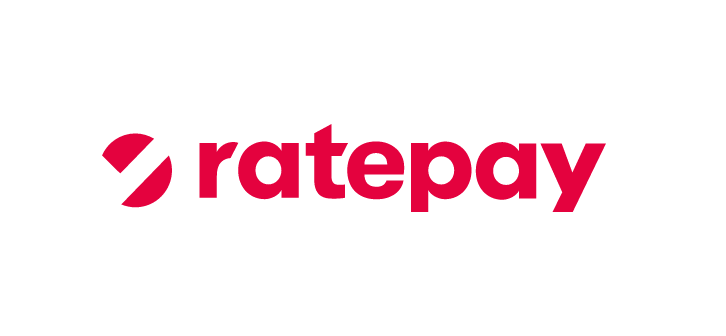Vision Street Wear
Vision was one of the biggest and best-known skateboard companies of the 20th century. The company's roots go back to the second wave of skateboarding's popularity in the 1970s. A woman named Lou Ann Lee started making shorts for skateboarders in her garage. The skate shorts were durable and were called Mad Rats. Top skaters like Eddie Elguera advertised the shorts and they became increasingly popular. From then on, Lou Ann's brother, Brad Dorfman, became involved in the distribution of the product. Brad also introduced an accessory to the skateboard market, the Space Plate, a plastic plate that was attached to the back of the board. As the Space Plate began to sell, the decision was made to move into skateboard manufacturing. Brad chose the name Vision, and his first deck was a rather nondescript board with two-tone griptape. The second board was called Beef Stick and was 10 x 30 inches.

Mark "Gator" Rogowski
- When local skater Mark Rogowski from Del Mar wrote his name on a vision board, things took off.
Mark's nickname was "Gator". - He had a huge fan base and his signature board was extremely popular with young people.
- Rogowski was followed by a whole host of other riders, including street skater extraordinaire Mark Gonzales.
- "Gator" rode for Vision and was one of the most talented vert riders of the 1980s.
- He later attracted national media attention when he killed his girlfriend's boyfriend and was sentenced to 31 years in prison.

The switch to street wear
In the early 1980s, Brad signed a license agreement with Tom Sims. "Tom wasn't doing much with the brand name at the time, so we struck a deal and Vision started producing and marketing boards under the Sims name," Brad recalls. The deal turned out to be a very smart move - a number of great skaters, including Kevin Staab and Pierre Andre, joined the Sims team. Although Vision became successful with its own boards and those of Sims, the company differentiated itself from other competitors primarily through its expansion into soft goods, i.e. shoes and T-shirts. "Vision was the first skateboard apparel company," Brad explains. "We had Gator and other riders come to us and say, 'Surf companies want to sponsor us. You need to start making your own clothes.'" From that simple premise, Vision Street Wear was born. Vision Street Wear was literally everywhere. Shoes, shirts, hats, pants, jackets and magazines featured numerous ads with all the Vision pros skating the products. The brand was so successful that mainstream fashion magazines started writing about the new look and called it "Mondo Vision".
The birth of an iconic brand
In the mid-1980s, Brad met Paul Schmitt of Schmitt Stix at a surf show in Florida, and the two teamed up to set up a woodworking shop in California. Schmitt Stix, Vision and Sims were three of the leading skateboard companies in the 1980s, all part of the Vision empire. Brad also produced boards for other companies. It was a huge company that generated enormous revenues. Over the years, Vision developed several unique products and equipment. The company was one of the first to introduce a double concave board to the market, and its Vex Cave design increased the strength of skateboards. Vision was also one of the first manufacturers to round the rails of its decks. In the 1980s, the company also became heavily involved in video production and founded a successful company called Unreel Productions. Their first video was called "Skate Visions" (1984), but most skaters from that time probably remember "Psycho Skate" (1988) best.
The fall and the rebirth
Brad Dorfman has many fond memories of the 1980s. "It was great traveling around the United States with the team, but the best memory is the Vision Pro Contest," Brad recalls. The Vision Pro Contest took place in 1987 and was a huge event with over 10,000 spectators in one hall. Due to many different events in the skateboarding world, Vision's fortunes began to change towards the end of the 1980s. "One of our problems was that we had all vert riders and the focus shifted to street skating. We were too slow to change," says Brad. Vision had to part with several riders and rebuild the team. Vision Street Wear also got a little out of control. Things were growing pretty fast in too many areas. But as the 1990s drew to a close, the Vision logo was back and demand for the products increased again.
Source Michael Brooke | "The Concrete Wave: The History of Skateboarding"












